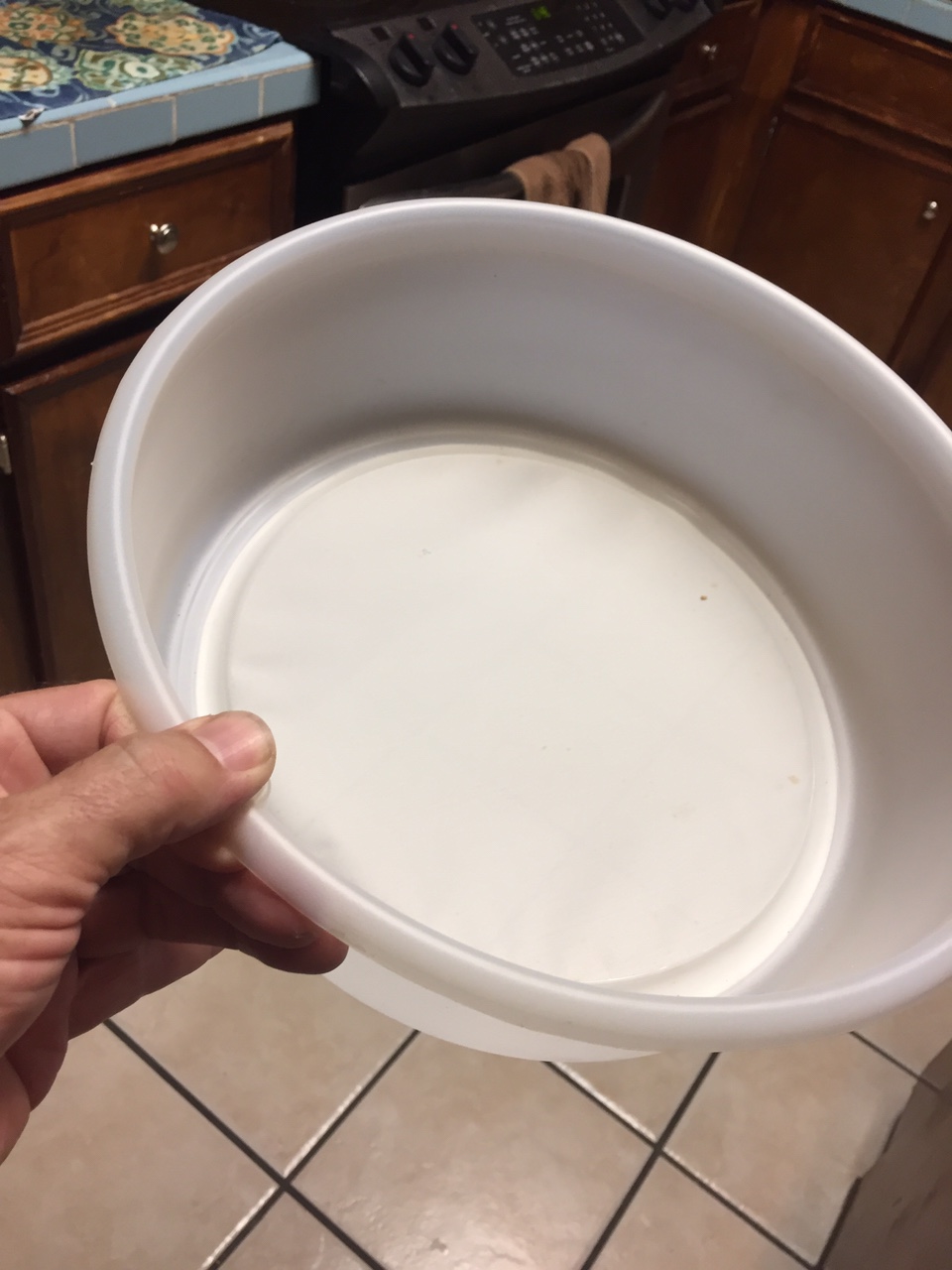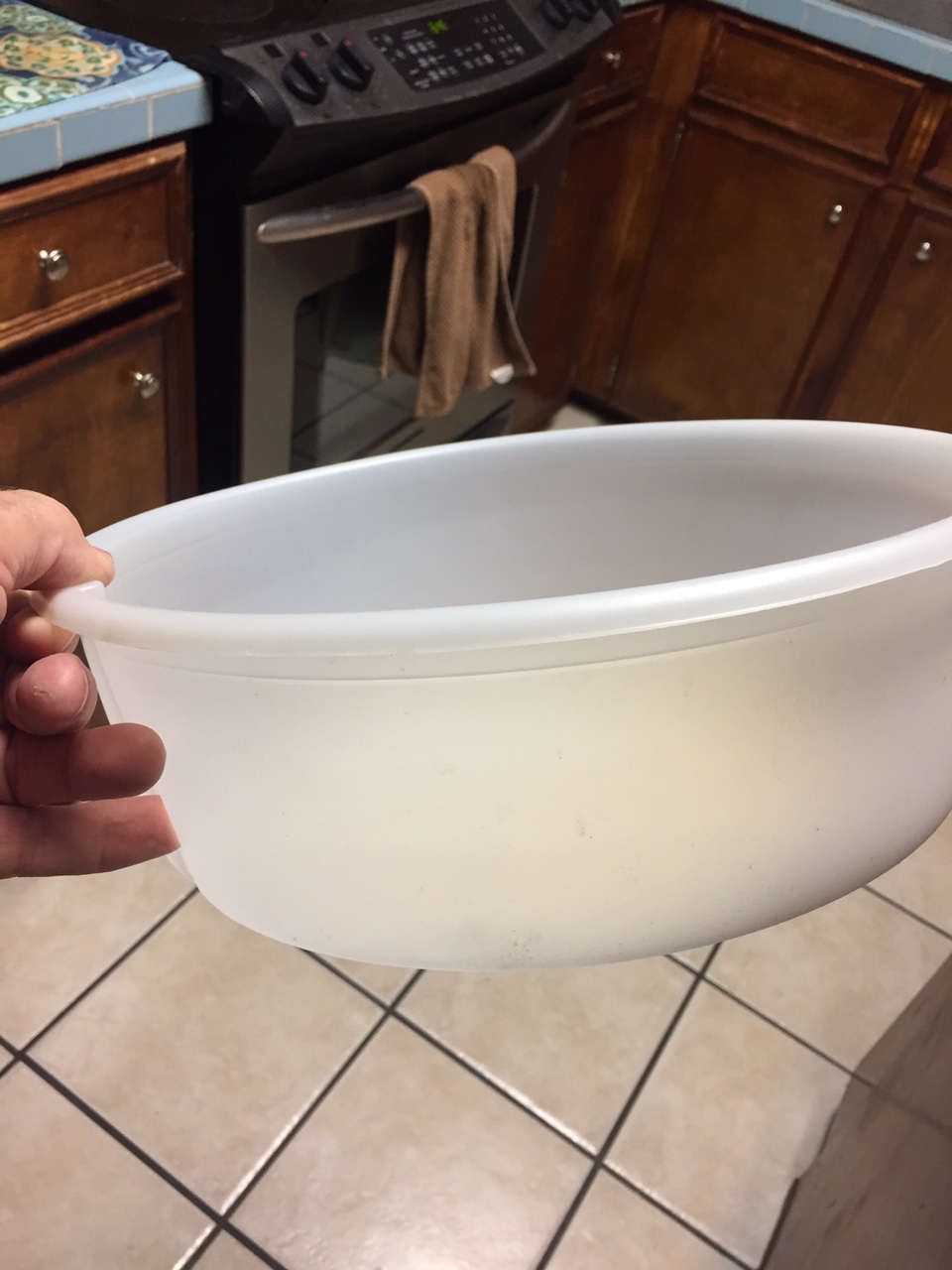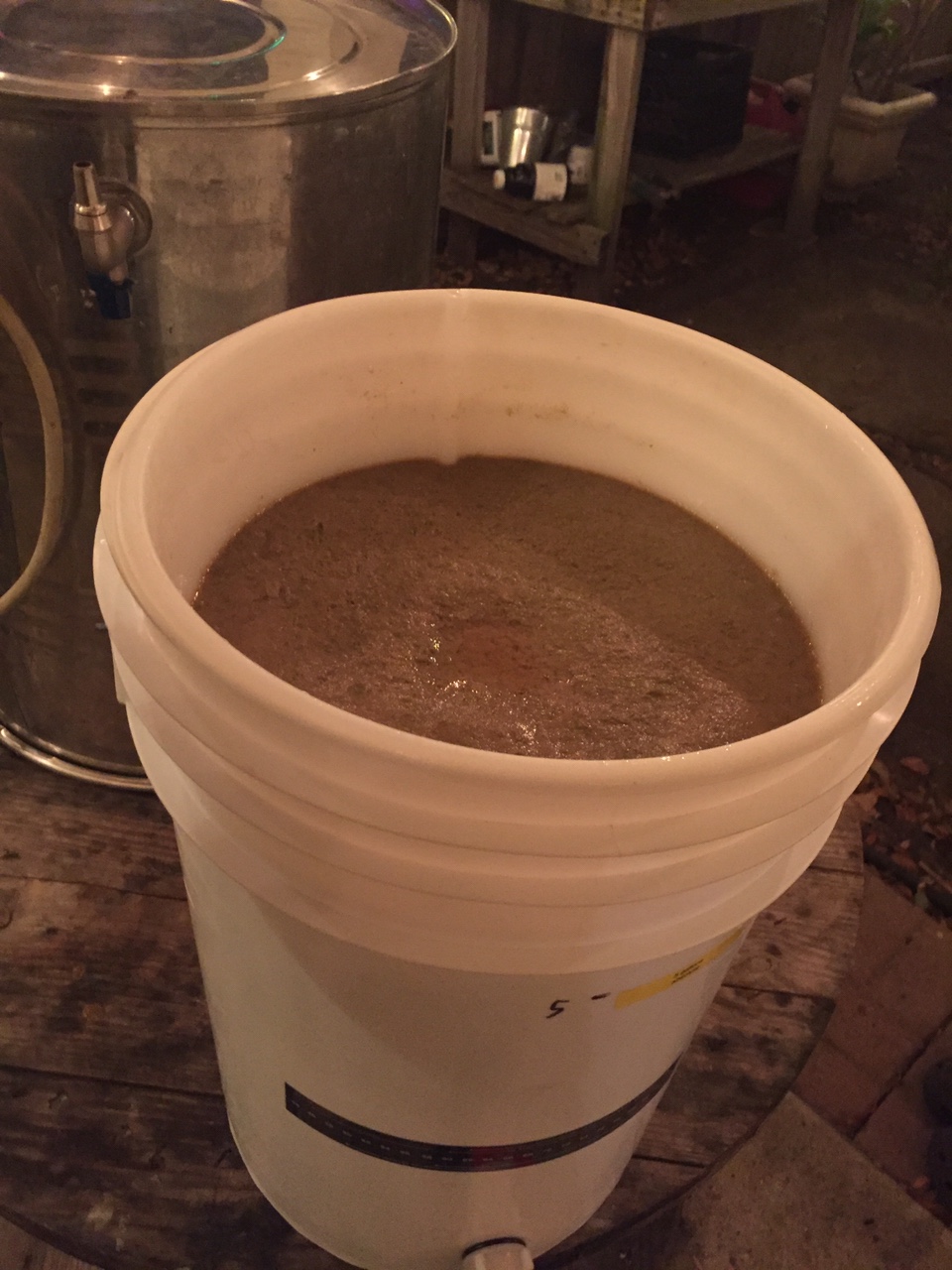Dgallo
Instagram: bantam_brews
I have not tried this method yet but a friend of mine will use his word chiller to rappidly drop the temps to 100* then he was transfer everything to a brew pal FV and place it in his keeZer to drop to 50 without pitching any yeast. The next morning when the Break material all has settled to the bottom, he will rack the crystal clear wort onto the yeast in his large mouth carboy.


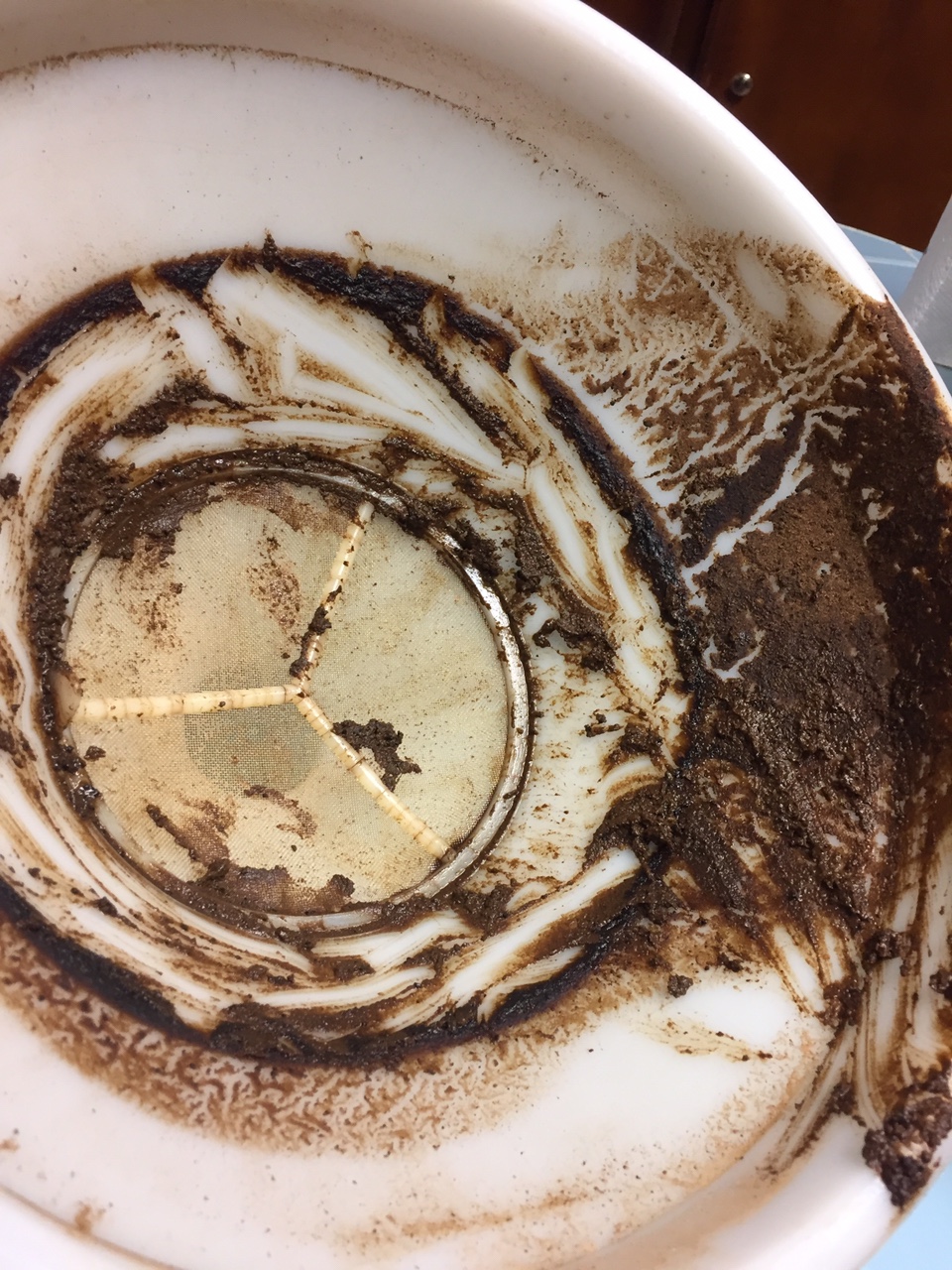
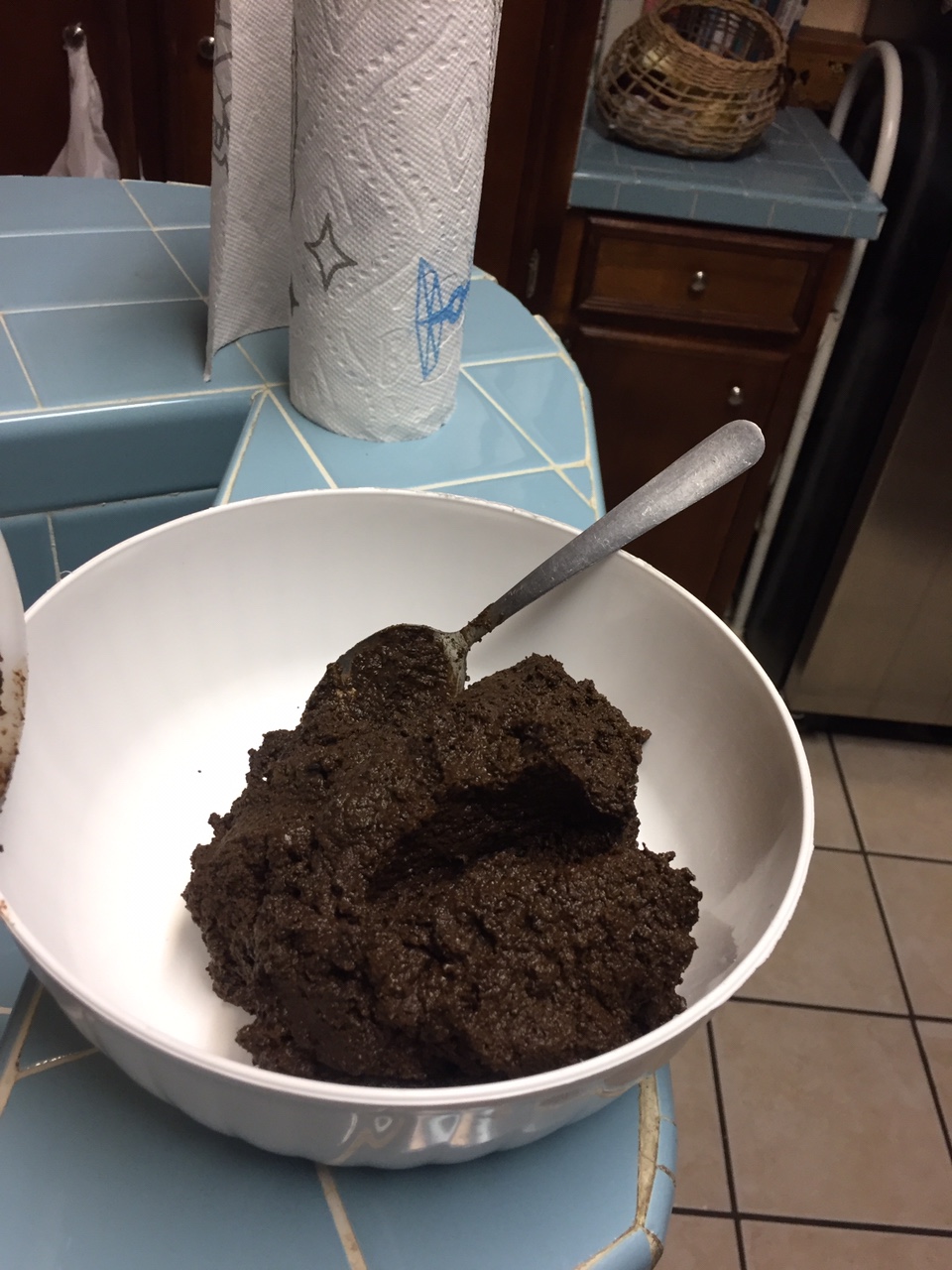


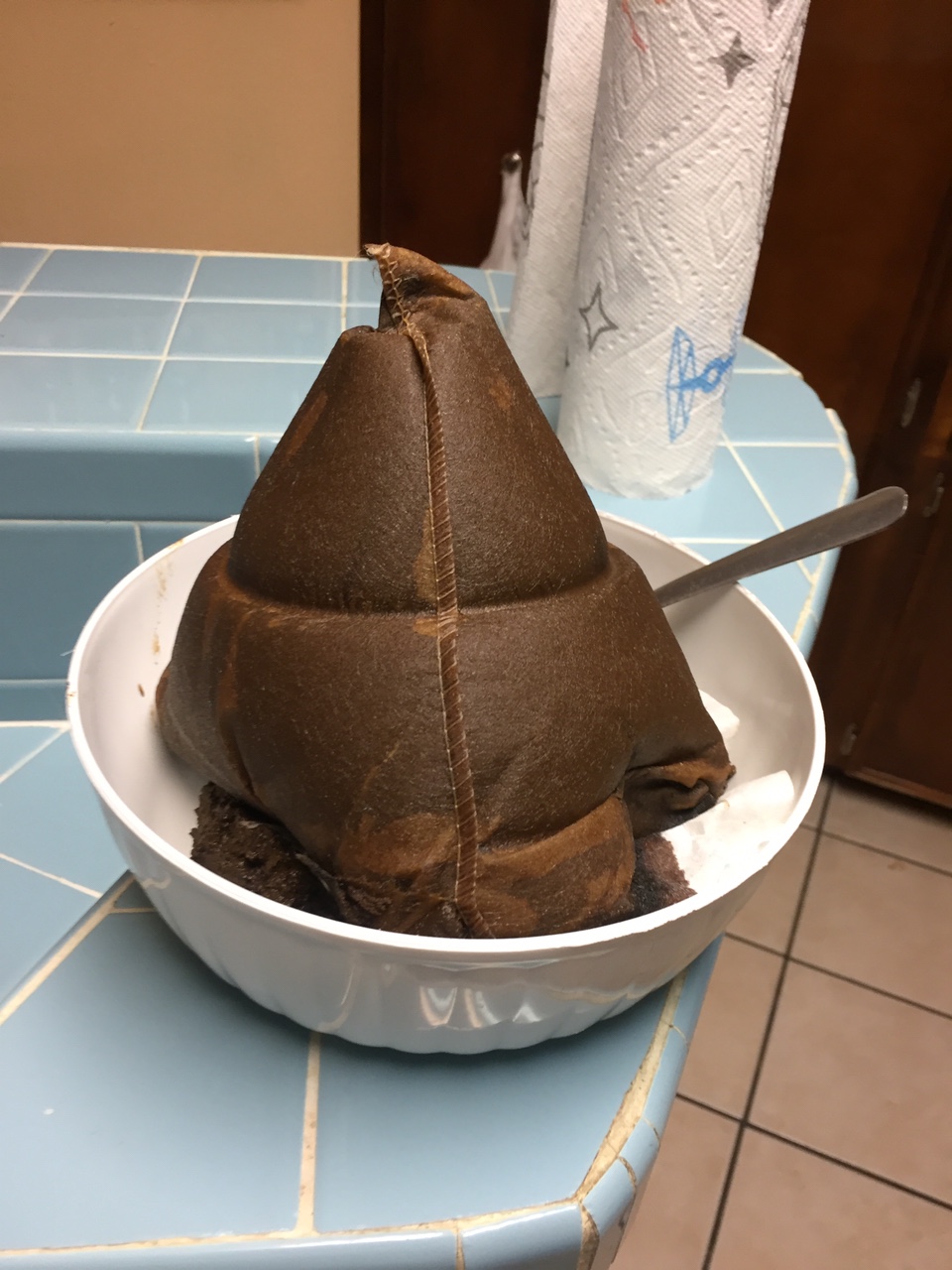
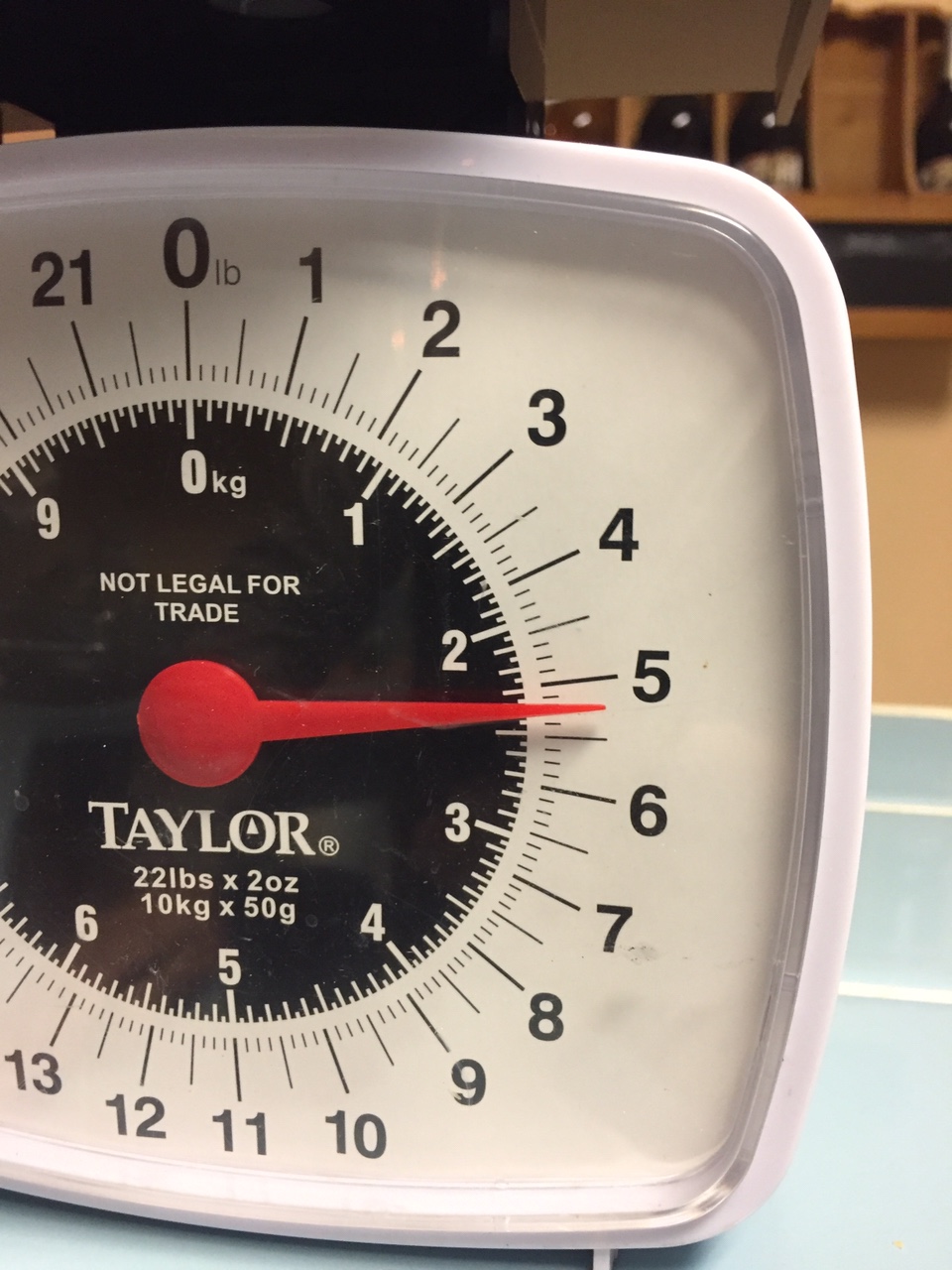
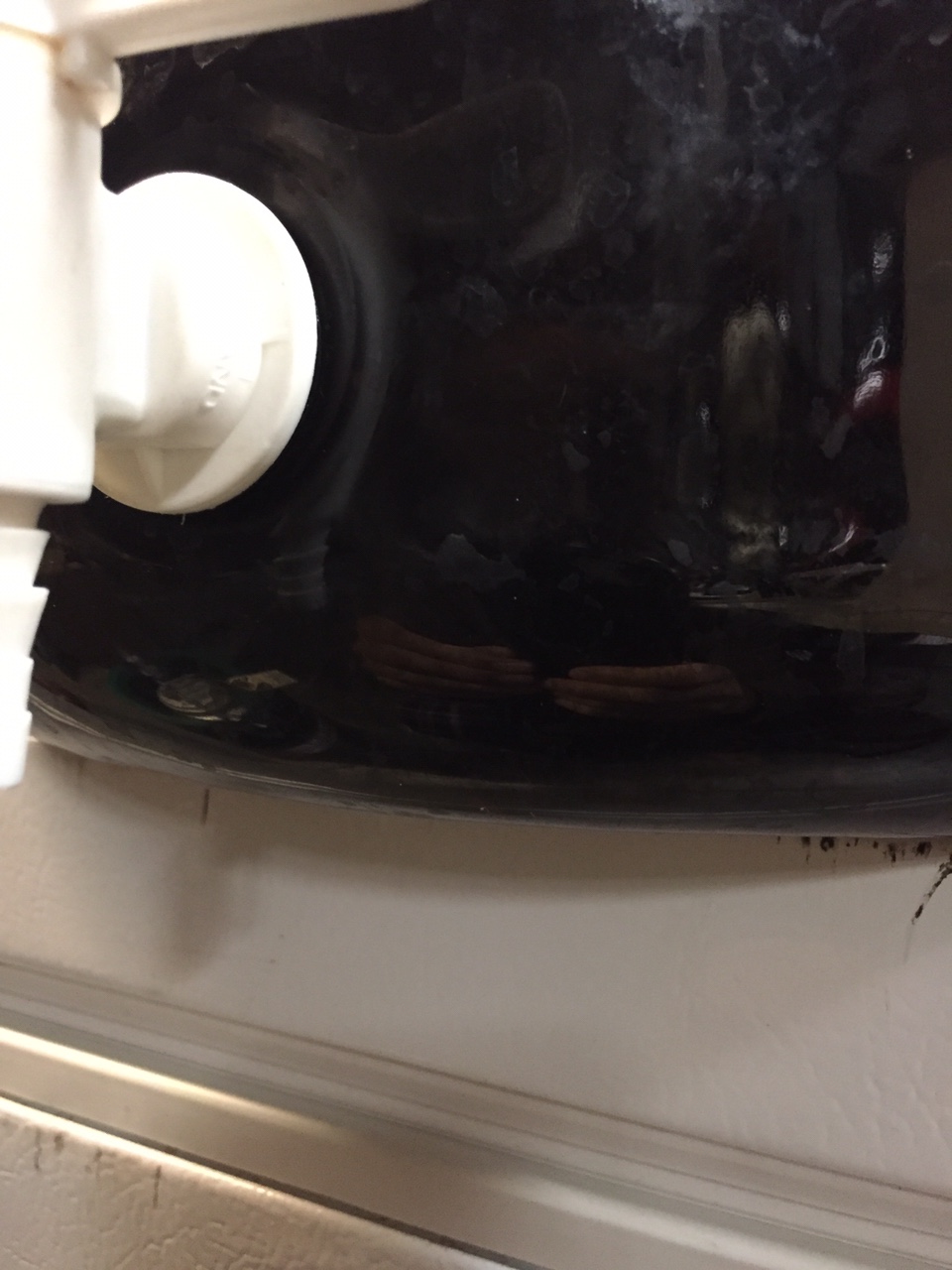







![Craft A Brew - Safale S-04 Dry Yeast - Fermentis - English Ale Dry Yeast - For English and American Ales and Hard Apple Ciders - Ingredients for Home Brewing - Beer Making Supplies - [1 Pack]](https://m.media-amazon.com/images/I/41fVGNh6JfL._SL500_.jpg)














































